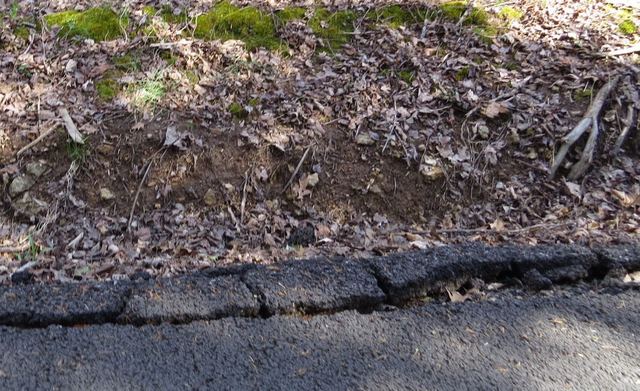| ||||||||||
Dr. Ronald P. Rogers CHIROPRACTOR Support for your body's natural healing capabilities 270-384-5554 Click here for details 


Columbia Gas Dept. GAS LEAK or GAS SMELL Contact Numbers 24 hrs/ 365 days 270-384-2006 or 9-1-1 Call before you dig Visit ColumbiaMagazine's Directory of Churches Addresses, times, phone numbers and more for churches in Adair County Find Great Stuff in ColumbiaMagazine's Classified Ads Antiques, Help Wanted, Autos, Real Estate, Legal Notices, More... 

|
Billy Joe Fudge: Spare the rod, spoil the child commentary 'I want you to consider the spirit of the "spare the rod, spoil the child" saying concerning the tragedies on our bypass intersections,' Billy Joe Fudge writes as he considers how we've lost the need for self discipline and attention by some of the well meaning convenience and safety innovations which seems to have added more, not less peril Click on headline for complete essay By Billy Joe Fudge Personal Commentary We've all heard it said, "spare the rod, spoil the child". Now we all have the definition pretty well ironed out but I'm gonna put a little different spin on it. "Spare the rod" of course implies that those who do not require discipline in the lives of children for which they are responsible are doing them (the children) a great disservice. "Spoil the child" is the scary part of this, old saying. One of the definitions of spoil is, "diminish or destroy the value or quality of something". In this particular case the something is a child; however, where I'm headed there will be a completely different, something. Now, I want you to consider the spirit of the "spare the rod, spoil the child" saying concerning the tragedies on our bypass intersections. The following is a list, incomplete I can assure you, of points about our culture that is contributing to an undisciplined population.
We have "spared the rod" of discipline for our drivers which has "spoiled the child" (drivers) to the degree that we have diminished and destroyed the value of paying attention and the quality of driving safely". This story was posted on 2015-04-06 03:41:33
Printable: this page is now automatically formatted for printing.
Have comments or corrections for this story? Use our contact form and let us know.
More articles from topic News:
Song ran through COF's head this morning Sandi Wills congratulates Sugarfoot on its ninth anniversary Bill Henson: Final Four comment James Roberts: On bypass, video surveillance, automatic tickets To Danny Beard, for Good Samaritan Act Celia Downey: GRAWL Bake Sale looked like a Panera or Riley's Betty Coop: Bill always had a story to brighten our days Joyce Coomer develops Monarch Butterfly Road Sign Roger D Smith thinks Russell Creek should be F&W project COF: Doesn't care for 'his' picture taken at Egypt View even more articles in topic News |


|
||||||||
|
| ||||||||||
|
Quick Links to Popular Features
Looking for a story or picture? Try our Photo Archive or our Stories Archive for all the information that's appeared on ColumbiaMagazine.com. | ||||||||||
|
Contact us: Columbia Magazine and columbiamagazine.com are published by Linda Waggener and Pen Waggener, PO Box 906, Columbia, KY 42728. Please use our contact page, or send questions about technical issues with this site to webmaster@columbiamagazine.com. All logos and trademarks used on this site are property of their respective owners. All comments remain the property and responsibility of their posters, all articles and photos remain the property of their creators, and all the rest is copyright 1995-Present by Columbia Magazine. Privacy policy: use of this site requires no sharing of information. Voluntarily shared information may be published and made available to the public on this site and/or stored electronically. Anonymous submissions will be subject to additional verification. Cookies are not required to use our site. However, if you have cookies enabled in your web browser, some of our advertisers may use cookies for interest-based advertising across multiple domains. For more information about third-party advertising, visit the NAI web privacy site.
| ||||||||||





















































